Japan travel tips for first time visitors
Japan can be a culture shock to the senses for first time visitors. There’s a lot of things to know before traveling to Japan, so today’s blog post shares a few useful Japan travel trips.
Japan is easily one of our favourite travel destinations in the world. It’s unlike anywhere else. The people, the food, the culture, the quirkiness, the architecture, the history, the World Heritage Sites.
Simply put, Japan has everything you want in travel destination.
Japan travel tips for first timers
To give you a little context, the purpose for us traveling to Japan was to attend the Rugby World Cup. We spent a total of 15 days in Japan, visiting Tokyo, Kyoto, Kobe, and Shizuoka.
We visited Japan 10 years ago, before having kids, so this trip included a few new destinations and activities, like visiting Tokyo Disneyland. Read about our experience at Tokyo Disney Resort.
On our previous trip, we visited the aforementioned cities plus Osaka, Nara, Hiroshima, Yokohama and Narita, which is a lot of travel for two weeks. Too much, actually. This recent trip was much slower. We enjoy the slower pace and find it’s more suitable for family travel.
More posts from our trips to Japan:
- Beginners Guide to Food in Japan for first time visitors
- 50 Photos of Kyoto that will inspire you to visit
- 15 Things to do in Kobe, Japan
- How to spend 3 days in Tokyo: Travel guide for first time visitors
- Staying at Tokyo Disney Resort – what you need to know
- 100 Photos of Tokyo Disneyland, Japan
This Japan travel blog shares what you need to know before your Japan vacation. We share practical travel tips for your first trip to Japan, including the dos and don’ts for tourists in Japan.
1. Cash is still king in Japan
Surprisingly, cash is still the preferred method of payment in Japan.
Most convenience stores, like Family Mart, 7 Eleven and Lawson, accept debit and credit cards. And most restaurants in touristy areas will also accept credit cards, but many restaurants, cafes and shops still only accept cash.
Before you sit down at a restaurant, it’s wise to ask if they accepts debit or credit cards. If the restaurant does accept plastic, use your cards and save your cash for later. You’ll be glad you did.
You will find ATM’s scattered throughout the cities. They are relatively easy to find. We typically got cash from the ATM’s at the 7 Eleven convenience stores and at the train stations.
Most ATM machines will limit your withdrawal to 50,000 Yen, which is approx. $600 CAD or $460 USD. We took the max withdrawal each time to avoid unnecessary international bank charge. Bank fees range from $2 CAD to as high as $20 CAD per transaction, plus the ATM fee.
It’s wise to bring at least 50,000 Yen with you. Your bank may need to order Yen, as it’s not widely held at Canadian banks, so it’s best to do this a few weeks before your departure date.
Avoid converting your currency at the airport. The conversion rates are terrible.
2. Soy Sauce is not widely used
Our first lost-in-translation moment in Japan happened at a restaurant when we tried to order soy sauce.
Our boys love white rice. They also love to dump soy sauce all over their rice. We assumed soy sauce was widely used in Japan and that we’d find it at most restaurants.
This was an incorrect assumption.
When we ordered soy sauce at a restaurant (to be clear, this was NOT a sushi restaurant), the server looked very confused. We did the typical hand gestures and talked slower, but she was not picking up what we were putting down.
I Googled soy sauce images on my phone and showed them to her. She smiled and nodded.
Yes, we did it! We navigated our first awkward language encounter.
Nope. Wrong again.
She brought us Worcestershire shire sauce instead. I assumed the black sauce was soy sauce, so I put it all over the rice. Both boys made funny faces and said the rice was bad. They were not impressed.
Confused, I tried the rice. This is when I realized the error.
Have you ever tried rice with Worcestershire sauce all over it? It’s really, really bad. Don’t do it.
That said, you will find soy sauce at sushi restaurants.
We eat sushi all the time in Vancouver. At least once per week, for years. We thought we knew the correct way to eat sushi, but we were wrong. How did we not know this before going going to Japan?
Here’s an etiquette guide for how to eat sushi the correct way.
Apparently, the golden rules are: (1) don’t stick your chopsticks upright in the rice; (2) don’t cut a piece of sushi in half with your chopsticks; and (3) don’t mix wasabi in your soy sauce.
There are a lot of things to know about Japanese culture. Most people will forgive foreigners for not knowing proper Japanese customs and etiquette, so long as you’re respectful, quiet and polite.
Related reading – Quick guide to eating in Japan
Above – Nigiri sushi at a conveyor best sushi restaurant in Tokyo.
3. Download the Google translate app
The soy sauce fail mentioned above could have easily been avoided.
The answer = Google Translate.
We can usually navigate language barriers by learning a few basic words. But here’s the challenge with Japan – we can’t read the characters. We can’t see patterns or memorize words because we only see shapes and lines.
If you don’t already use Google translate when you travel, you should.
When we tweeted about our lost in translation moment, a few people sent us messages saying, “Why aren’t you using Google Translate?” Great question! We felt a little dumb.
It’s free, it’s easy and it works like a charm. If you’re nervous about visiting Tokyo without knowing Japanese, Google Translate will act as your Japan tourist guide.
Download the app from Google Play or Apple Store.
4. Save time – get a Suica Card
The Suica Card is a prepaid smart card that allows you to use most public transport (metro, trains, buses, monorail). Initially, these convenient transit cards could only be used in Tokyo; however, Suica cards are now usable at most train stations in Japan. Using a Suica Card is the best way to travel in Tokyo.
Here’s a map of where you can use Suica Cards.
You can purchase Suica Cards at most train stations using the electronic vending machines pictured above. Suica Cards allow you to avoid purchasing tickets from machines before each ride.
You can also order Suica Cards online and have them mailed to your house prior to your trip. That’s what we did. We were unsure about the process to purchase Suica cards at train stations, so we decided to get them ahead of time, to avoid confusion.
In hindsight, this was unnecessary. It’s just as easy to buy Suica cards when you get to Japan.
How to use Suica Card in Japan
Once you purchase your Suica Card, and add money to the card, head to the turnstiles that say IC Card or Suica Card. You simply tap the Suica Card at the turnstile and pass through the gate once it opens – see photo below.
When you arrive at your destination, you tap the card again to exit the station. Suica automatically calculates and deducts the fare owed for the trip.
Things to know about Suica Card
- Prices include a deposit of 500 yen. The difference between the adult’s card and child’s card is the amount deducted when using transportation.
- Suica Cards can be loaded up to a maximum of 20,000 yen at Automatic Ticket Vending Machines and Fare Adjustment Machines displaying the Suica mark.
- Only yen may be used to load a card. A credit card cannot be used to load a Suica.
- Suica card does not work on express trains, shinkansen, long distance buses (highway buses) or airport shuttles.
- You can use your Suica to make purchases onboard trains as well as from vending machines, to rent coin lockers and for spending at convenience stores and restaurants.
Credit source – the above bullet points were copied directly from the JR East website.
Children under 5 years old travel for free when accompanied by an adult.
This is not widely advertised to foreigners. We purchased 4 x Suica Cards and used them for a few days before it was time to reload (we spent 2,000 yen per card – which is about $25 CAD). A friendly ticket agent at the train station informed us that Connor, who was 5 years old at the time, was able to ride for free.
Children 6 to 11 years old pay 50% of the adult fare.
Related – Our experience at 2019 Rugby World Cup in Japan
5. You don’t have to get a JR Pass
Almost every Japan travel tips post we’ve read states you should get a Japan Rail Pass.
We’re not convinced the JR Pass is an essential purchase for first time visitors. While the JR Rail Pass (Japan Rail Pass) does have many benefits, especially if you plan to cover a lot of ground in a short period of time, it might not actually be the right fit for your Japan trip.
If you plan to travel slow and spend time in big cities, like Kyoto, Osaka, Kobe and Tokyo, it might make more sense to skip the JR Pass and opt for one way train tickets.
For shorter distances, like Kyoto to Osaka, you don’t actually need to take the Shinkansen train. Instead, you can take local trains, which are cheaper and not that much longer.
Research Shinkansen ticket prices here.
We mapped out our Japan itinerary and priced out each segment. Trains are the best way to get around Japan, so we did the math and realized it was cheaper for us to purchase one way tickets.
Our Japan trip was 15 days, so we would need to purchase the 14 day JR Rail Pass. The price for the 14 day JR Pass is $576 per adult and $288 per child, as of October 2019. By purchasing individual segments, we saved about $100 per adult and $50 per child.
Not huge savings, but enough to make us skip the JR Pass.
Most of our time was spent visiting Tokyo, Kyoto and Kobe, so we used our Suica Card to ride subways and local trains (most subways are not covered by the JR Pass).
If you’re only spending one week in Japan, the JR Pass might make sense for your Japan vacation.
Research the JR Pass here and use the Japan Rail itinerary planner.
Shinkansen seat reservations
To make Shinkansen seat reservations, which is recommended during busy travel times, you must see a ticket agent at the train station. So, you’re not really saving time by having the JR Pass.
Now, keep in mind, we were traveling with 2 young boys, so it’s important that our seats are side by side. If you’re traveling solo or you don’t mind sitting alone, you likely won’t need reservations and you can wing it. That was not an option for us.
6. Taxis are expensive. Avoid if you can.
Taxis in Japan are expensive. We knew this before arriving, but it still surprised us when we took an airport taxi from Tokyo Haneda Airport to Sheraton Tokyo Bay Hotel at Tokyo Disneyland.
The distance from the airport to hotel is 25 km and it takes about 30 minutes.
After currency conversion from Japanese yen to Canadian dollar, the price was almost $100 CAD. That felt expensive to us. For perspective, a similar distance in Vancouver costs around $50-$60 CAD, depending on traffic. Vancouver is also an expensive city, so it’s a relative comparison.
Now, to give the taxi experience some credit, the cars are impeccably clean and comfortable. Taxi drivers are helpful and they even wear clean white gloves. So, while taxis are an expensive option, they do offer a comfortable and convenient white glove treatment – literally.
Traveling to Tokyo? Read: How to spend 3 days in Tokyo
7. There is Uber in Japan – but it’s different
Yes, Japan has Uber, but it’s mostly limited to big cities, like Tokyo and Kyoto.
However, it’s not widely used by locals because the train system is so convenient. Most people use Uber for airport pickup and dropoff, rather than for intercity transportation.
We took an Uber in Tokyo and Kyoto.
The Uber app syncs just like it does in North America, so you don’t need to worry about downloading a different app. This means you can input your destination in English, which avoids confusion and language barriers (many taxi drivers do not speak English).
Uber rides in Japan are basically like taxis. The cars actually look like taxis, too.
We like that fares are automatically paid for with the credit card on our account, so we don’t have to use cash or wait for change. Uber fares are generally cheaper than taxis and the app gives a maximum fare for the trip. We like this feature – it gives us peace of mind that we’re not being overcharged.
A downside to Uber in Japan is that there aren’t as many drivers (when compared to North America), so you end up waiting longer than if you flagged a taxi. In Kyoto, it took 20 minutes for our driver to pick us up. To be fair, it was during rush hour and the traffic was bad, but we saw dozens of taxis pass us by while we were waiting.
If you don’t like Uber, or you’re having problems with the app, you can also use the JapanTaxi App. We’re told this platform is relatively new and it connects with multiple taxi companies.
Related – Staying a Tokyo Disney Resort? Read our review.
8. Most restaurants have plastic food displays
You don’t have to worry about ordering food from restaurant menus that are in Japanese. Most restaurants in Japan have plastic replicas of their food on display, especially restaurants located near train stations, shopping areas and tourist zones.
We love this! It takes away the confusion about what you’re ordering and removes language barriers. When in doubt, just point to the dish you want.
Most restaurant menus also have photos of the available dishes.
Related – Beginner’s Guide to Eating Food in Japan
Do you have Japan travel tips? Leave us a comment below.
9. Don’t walk and eat in Japan
In Japan, it is considered rude to walk and eat at the same time. If you purchase food to go, the expectation is that you will NOT walk down the street while eating your food.
This applies to food purchased at convenient stores, like 7 Eleven and Family Mart, as well as food purchased from street vendors or yatai stalls.
It is acceptable to eat at the place of purchase (see photo below) or just outside the store. There’s usually a designated area for eating. Benches or seats in parks or public spaces are generally okay to eat on, but avoid eating messy or strong smelling foods.
Eating on public transit is not allowed. Don’t be that tourist.
Above – a yatai selling quick bites at the Nishiki Market in Kyoto.
10. Do NOT tip at restaurants
One of the most common questions for first time visitors is – do you tip in Japan?
Tipping is not expected in Japan. In some cases, it’s actually considered to be rude.
We made this mistake on our first trip to Tokyo. We left a generous tip and the server chased us down the street to give us back our change. He was not impressed, either.
This is one of the best Japan travel tips we can give – do NOT tip in Japan.
Related: 50 Photos of Kyoto that will inspire you to visit
11. Order your lunch from a vending machine
One of the things we love about Japan is that everything is efficient and convenient. A perfect example of this efficiency is the electronic vending machines located outside many restaurants.
The touch screen machines often have photos of each dish, which is convenient and avoids the potential language barrier that may arise if you had to order from a server who does not speak English.
The process is simple. You select the food you want from the touch screen machines, pay with cash or credit card, grab your receipt and head inside. Your food is then delivered to your table or your number is called and you pick it up from the counter.
Once you’re finished eating, you leave. No need to wait for a server to bring your bill.
12. Pack your trash. Garbage bins are hard to find.
This one still confuses me.
How on earth does a country not supply garbage bins in public areas? And, even more baffling, how does Japan stay so clean and garbage free without offering garbage bins?
It makes no sense. Yet, it makes perfect sense.
First of all, if you’re practicing travel tip #9, you shouldn’t be walking and eating, therefore you shouldn’t have garbage in public. If you do bring snacks and drinks with you, the expectation is that you will bring your garbage home with you.
It’s a counter-intuitive approach to littering, but it appears to work very well in Japan.
Without question, Japan is the cleanest country we’ve visited.
13. No smoking in public areas
Not only is Japan the cleanest country we’ve visited, it’s also the most smoke free. Most city streets and public areas are designated as smoke free. Even sidewalks have no smoking signs on them (see photo above – these signs are found in most heavily trafficked areas).
Now, you may be asking, where do smokers smoke?
There are designated smoking areas scattered throughout the city (see photo below). These designated smoking areas are typically located on side streets and away from people.
The best part about this system is that people actually follow the rules and only smoke in designated areas. Imagine that.
14. Train and subway stations have storage lockers
Most train and subway stations have storage lockers available for temporary use.
This comes in handy if you plan to do some sightseeing and you don’t want to drag your luggage around.
For example – you check out of your hotel at 11:00 AM but you still want to visit a few temples before you catch a train. Simply drop off your luggage at these storage lockers and your free to explore without your luggage.
The above photo was taken at Tokyo Station. As you can see, there’s a variety of sizes to choose from. You pay for the locker using cash or credit card. Price depends on the size, but it’s generally around 500 yen.
15. Japanese toilets are fancy
You will always remember the first time you try a Japanese toilet.
Japanese toilets are next level, when compared to toilets in North America. Public washrooms in Japan are also very clean and organized.
Toilets in Japan typically look like the one pictured above. Toilet seats are often heated and they have a control system that allows you to spray water at varying speeds.
Some toilets even have sounds and music for privacy. I used one that makes a fake flushing sound, so it drowns out the sound of you doing your business.
BUT – Not all toilets are high tech
We feel it’s important to highlight the other types of toilets in Japan. Though not as common in Japan, you may come across a toilet that looks like the one pictured above.
This hole-in-the-floor toilet is commonly found in Asia. If your trip to Japan is also the first time visiting Asia, the sight of this toilet will no doubt rattle you.
I remember my first encounter with this toilet in Thailand. It takes some getting used to.
16. Eat at convenience stores
We rarely pick up ready-to-eat food at convenience stores in Canada, unless we’re on a road trip or there aren’t other food options available.
Ready-to-eat food at convenience stores is common in Japan.
Convenience stores actually have a good selection of prepared food, from sandwiches to bento boxes to baked goods. We often grabbed prepackaged sandwiches (picture above) and pastries for breakfast each morning. You can purchase beer and wine from these convenience stores. Eating at convenience stores is one of the easiest ways to travel cheap in Japan.
The main stores in Japan are 7 Eleven, Family Mart and Lawson. Most are open 24 hours.
Related – Quick Guide to Japanese Cuisine for Tourists
17. Kimonos in Kyoto is a thing
When you visit Kyoto for this first time, you will see hundreds of people wearing kimonos as they wander the old streets of Gion and Higashiyama.
At first, we assumed it was common dress attire for residents. However, we later learned that most people were dressing up in kimonos to take photos at traditional Kyoto landmarks, like Kiyomizu-dera, Hōkan-ji Temple and Yasaka Shrine.
Many of the people wearing kimonos are not residents of Kyoto. They are visitors from other Japanese cities or they’re foreign tourists. It’s popular to rent kimonos and hire a photographer for a few hours.
You will find several kimono rental stores in the old Higashiyama District of Kyoto.
Look at the advertisement to the right. Then, look at the woman on the right. Coincidence?
18. Toy stores have interesting figures on display
Alright, let me start by reminding you that we visited Japan with our two young boys.
Like most boys, they want toys. They both like Pokemon right now, so they were constantly on the lookout for Pokemon cards and toys.
As you’d expect, we came across a few toy stores on this trip to Japan.
What we didn’t expect to find was half-naked stripper dolls on display right beside the Pokemon toys. Some of these figurines were quite provocative, too.
Now, I don’t want to sound like a prude, but be aware of this should you decide to bring your kids to toy stores that sell animated figures. I wasn’t prepared for the questions that followed.
Some of the figures and posters are quite suggestive – and disproportionate.
19. Craft beer is available, but it’s not popular
You will find craft beer in Japan but it’s not as popular as North America or Europe. We don’t often associate Japan with craft beer, it’s an ongoing evolution; however, the scene has experienced growth in recent years.
While exploring Kyoto’s Nishiki Market, we stumbled across Spring Valley Brewery. We ordered a flight of beer, pictured above, and it came with 8 varieties of beer in 4 oz glasses.
Most restaurants in Japan serve the big three – Asahi, Kirin and Sapporo.
We don’t normally drink lagers or pilsners, we prefer pale ales. However, we often found ourselves craving a frosty pint of Sapporo during our time in Japan. It reminded us of drinking Guinness in Ireland – it tastes so much better when consumed in its home country.
Here’s a list of the best craft breweries in Japan.
Spring Valley Brewery in Kyoto.
20. McDonald’s menus are basically the same
Sometimes, you just need an Egg McMuffin for breakfast. Am I right?
Our boys love Chicken McNuggets and French fries from McDonald’s. After days of trying new food in Tokyo, unsuccessfully at times, they were excited to see the familiar Golden Arches.
We like to visit McDonald’s when we travel overseas. Not because we enjoy the food, but because we like to see how McDonald’s has adapted its menu to appeal to local audiences.
The McDonald’s menu in Japan is basically the same as Canada.
You will find Big Macs, McChicken sandwiches, Egg McMuffins and Chicken McNuggets. However, it does offer some unique sandwiches and burgers. I tried the Teriyaki Burger and Shrimp Burger. They were okay. Not great. The main difference is the sauce.
Here’s a list of McDonald’s menu items found only in Japan. I only saw a handful of these menu items, so I’m not sure how accurate or up-to-date this list is. The menu is also regional and seasonal.
McDonald’s is a good place to get free WiFi in Japan.
Share YOUR Japan travel tips in the comments below.
21. Choose your themed cafe wisely
Tokyo is known for it’s unusual and quirky themed cafes.
Most Japan travel tips blog posts will tell you to visit a themed cafe in Tokyo – and we agree. But here’s the thing – many of these cafes are tourist traps and they exploit the people and pets involved.
It’s important to do a little research and choose your cafe experience carefully.
We decided to visit the Hedgehog Cafe in Harajuku, Tokyo.
Our oldest boy recently got a hamster, so he was excited to play with hedgehogs. We like that HARRY Hedgehog Cafe has separate resting areas, so they’re not being handled constantly. It can be stressful for the hedgehogs. This cafe sells the hedgehogs, so its goal is to also find a home for them.
HARRY hedgehog cafe is located 2 minutes from the Harajuku Station. It’s on the 4th floor.
Read more Japan blog posts here.
22. Stay at a traditional Japanese Ryokan
Staying at a Ryokan is a unique Japanese experience that first time visitors should try – at least once.
A ryokan is a traditional Japanese inn that typically features tatami-matted rooms and communal baths. Basically, the hotel rooms do not have beds. Instead, each guest is provided a Japanese futon mattress and bedding.
Here’s a video about how to make a futon bed at a traditional Japanese Ryokan.
Our boys had fun sleeping together on the tatami-matted floor. They said it felt like camping indoors. We’re used to sleeping on a mattress, so our backs were pretty sore and stiff in the morning. It’s a fun experience, but after a few nights sleeping on the floor, we were thankful for a bed.
Another unique feature of a Ryokan is the shared baths.
This traditional bath experience is quite different from Western culture. Spoiler alert – you will be naked with other guests. You do not share baths with the opposite gender (ie. men with men, women with women).
Many Canadians will find this public nudity to be uncomfortable. What can I say, that’s just how some of us are hardwired.
Communal baths will vary depending on the Ryokan, but typically you shower while sitting on a plastic stool. See photo below. After your shower you can soak in shallow hot tub. Some ryokans also have saunas.
Above – shared bath and shower at a ryokan hotel in Japan.
23. Cover up. Tattoos are not well received.
If you stay at a ryokan, or visit an onsen (Japanese hot spring), you will likely be told to cover your tattoos.
If you’re covered in tattoos, you might be denied access to the bath or onsen. In Japan, tattoos are not socially acceptable and they’re often associated with criminals and gang members.
This happened to us in Kobe City. The hotel we stayed at has a nice spa and bath on its top floor.
When we arrived, we were handed the letter you see pictured above. If you look at the 3rd item, in the middle of ‘forbidden actions’, you will read ‘Individuals with tattoos is not allowed into the Skyspa’.
We both have a tattoo, so we asked the front desk if were allowed to use the Skyspa. They handed us a stack of bandages and said we had to cover our tattoos with the bandages. It seemed excessive, but we followed the rules and covered up.
If you have tattoos, keep this in mind when making your travel plans.
24. You can communicate with English
Contrary to what we read prior to visiting Japan, most train stations, hotels and shopping centers have English signs. We did not have trouble navigating Japan without speaking Japanese.
Japan hosts many world events, including the 2019 Rugby World Cup and the upcoming 2020 Tokyo Olympics, so the country has adapted to the global language.
The United Nations World Tourism Organization (UNWTO) estimates that over 28.7 million tourists visited Japan in 2017 (source). And that number is expected to rise by 6% each year.
It’s recommended you learn a few basic Japanese words. Even if your pronunciation is off, people will appreciate you making an effort to learn the language.
When in doubt, revisit #3 on this list of Japan travel tips.
25. Japan is very safe
Yes, it is safe to travel to Japan.
Japan is a great family travel destination. It’s consistently ranked as one of the safest nations in the world. We found the people of Japan to be very friendly, respectful and accommodating.
We did not feel unsafe at any point during our trip.
How safe is it to travel in Japan?
Japan ranks in the top 10 in the Global Peace Index (source). Violent crime is rare. The general crime rate in Japan is ranked well below the national average of the United States.
Of course, like anywhere in the world, you still need to use common sense. For example, don’t walk down dark alleys in the middle of the night, be careful when taking money out of ATMs and don’t engage in criminal activity.
Before you travel to Japan, check travel advisories here. Japan is prone to typhoons, earthquakes, volcanic activity, landslides and tsunamis.
More Japan travel tips you should know
- Take off your shoes when entering a home, hotel room or onsen.
- Don’t point directly at people – it’s rude.
- Wait your turn. Japanese respect the queue. Don’t skip the line.
- Japanese people often wear paper face masks to keep them, and you, healthy.
- Don’t be loud in public areas. No talking on phones or playing music, shows or games without using headphones (see above photo).
- Be polite and respectful to everyone.
- When paying for things, place your money on the tray instead of handing it directly to the cashier.
- Don’t blow your nose in public.
- Bring a portable multi charging adaptor with USB outlets.
- Get a portable Wifi device so you can stay connected during your travels.
- Tourists are not always welcome. While the Japanese are very friendly and helpful towards foreigners, there are some establishments where tourist aren’t welcome (eg. high-end restaurants in Ginza).
- Everything is tiny. Hotel rooms are tiny (like capsule hotels), restaurants are tiny, cars and vans are tiny – everything in Japan feels smaller. Have you heard of the Kei Car vehicle class?
- Most standard hotel rooms have twin beds. Consider this before booking your hotels. Search for cheap Japan hotels here.
Read more posts from Japan:
- 50 Photos of Kyoto that will inspire you to visit
- How to spend 3 days in Tokyo: Travel guide for first time visitors
- 100 Photos of Tokyo Disneyland
- Guide to eating Japanese Food in Japan for travellers
Have you visited Japan? What did we miss?
What would you add to these Japan travel tips?
Share your Japan travel tips in the comments section below.
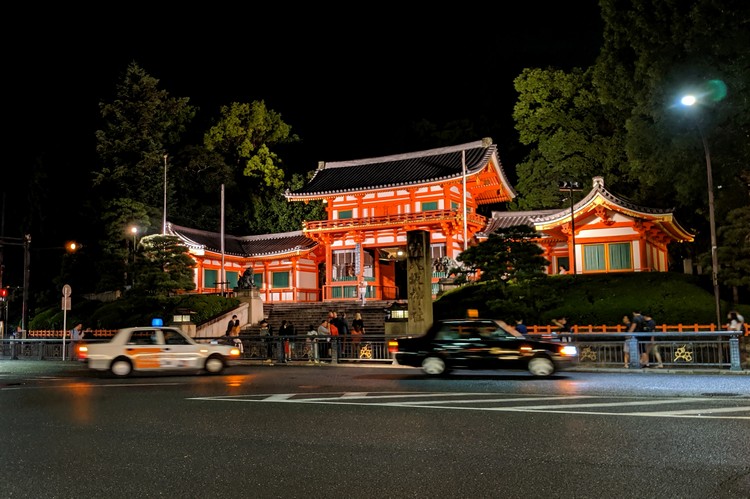
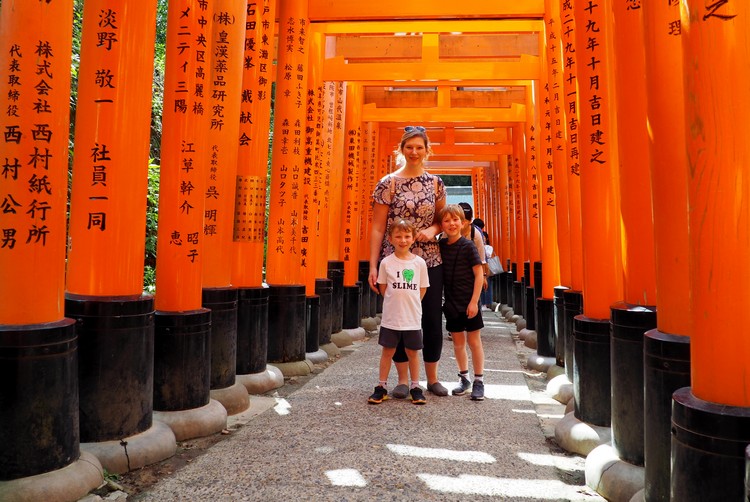
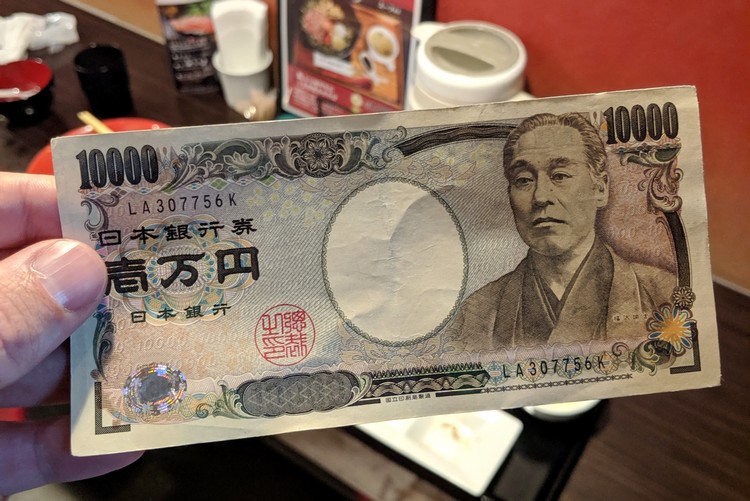
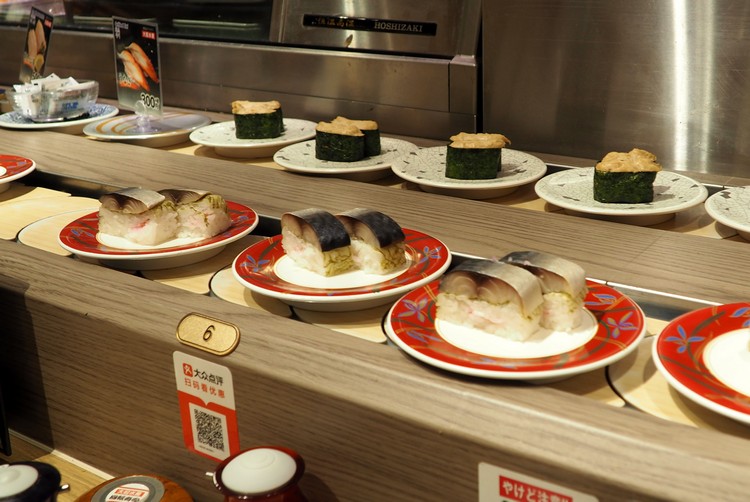
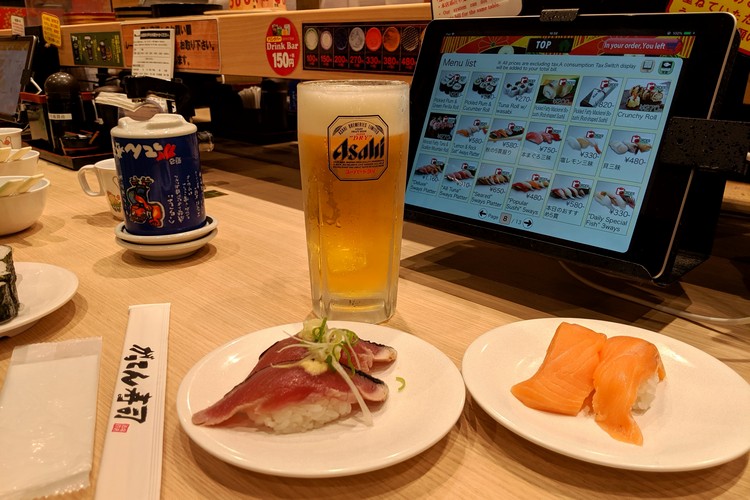
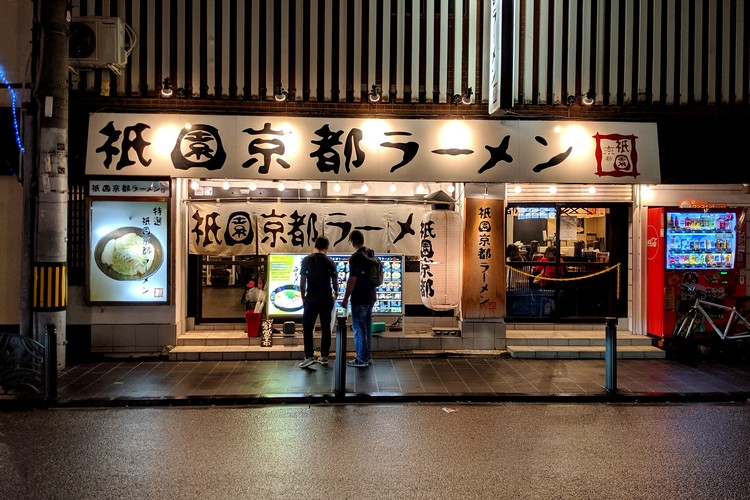

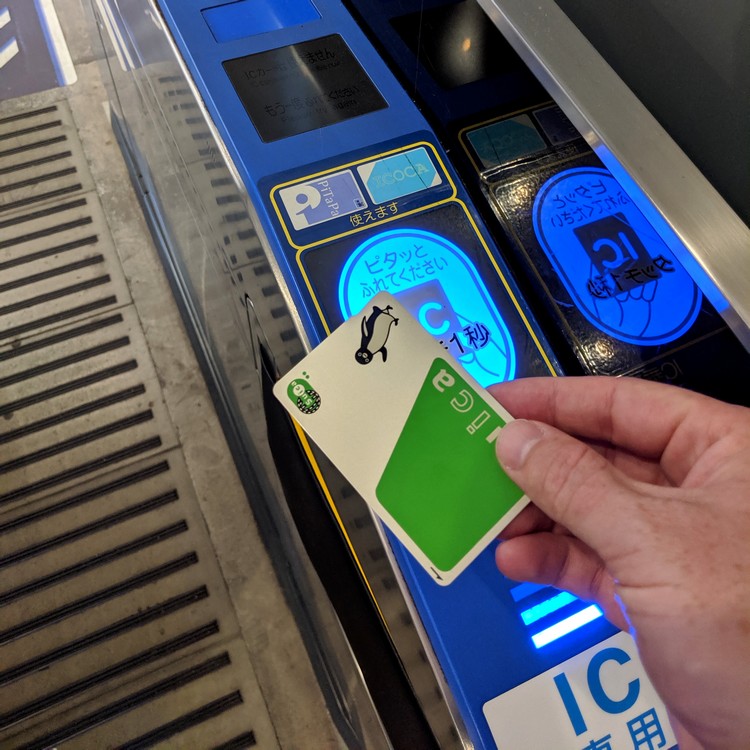
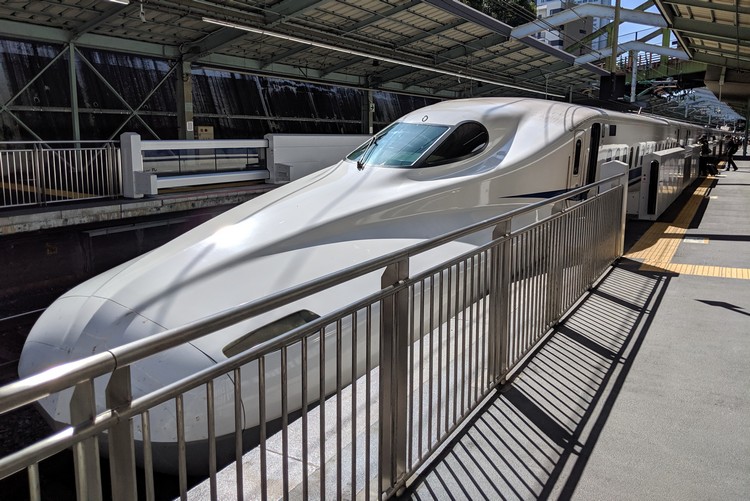
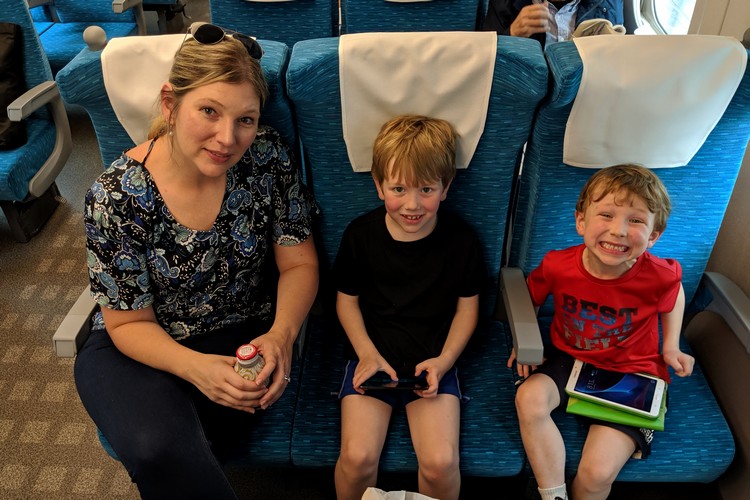
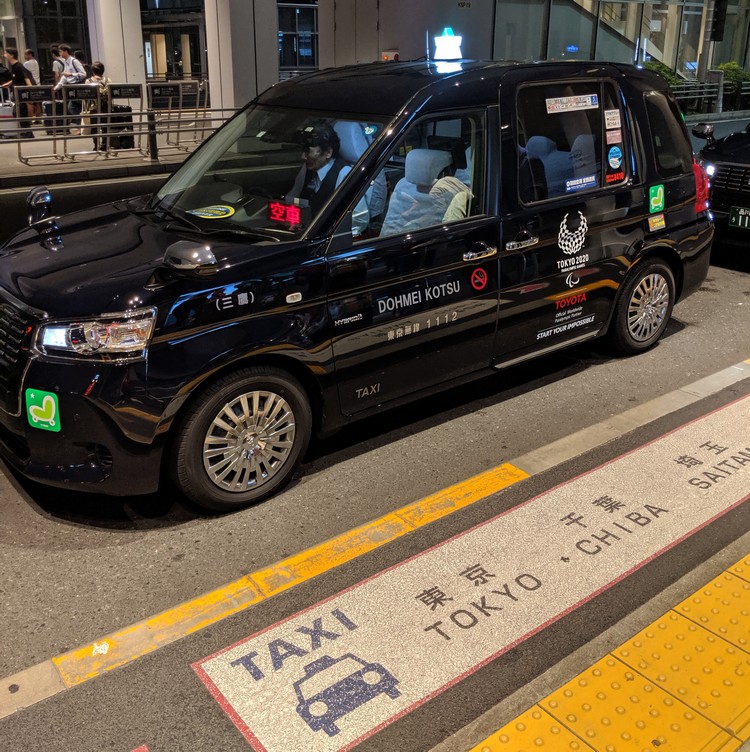
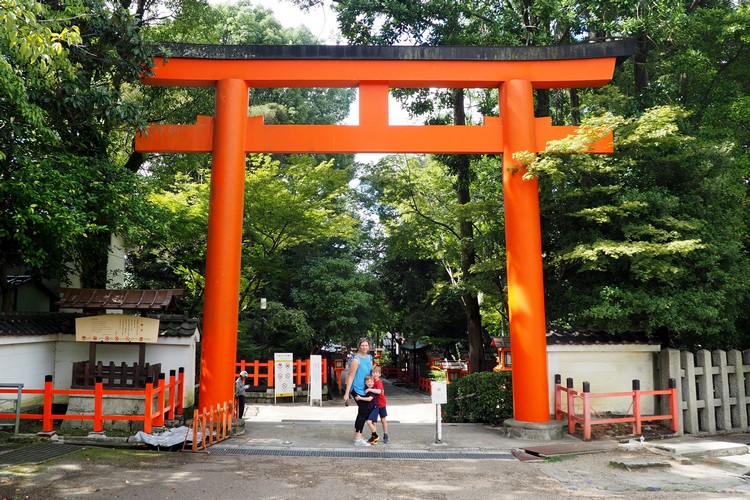
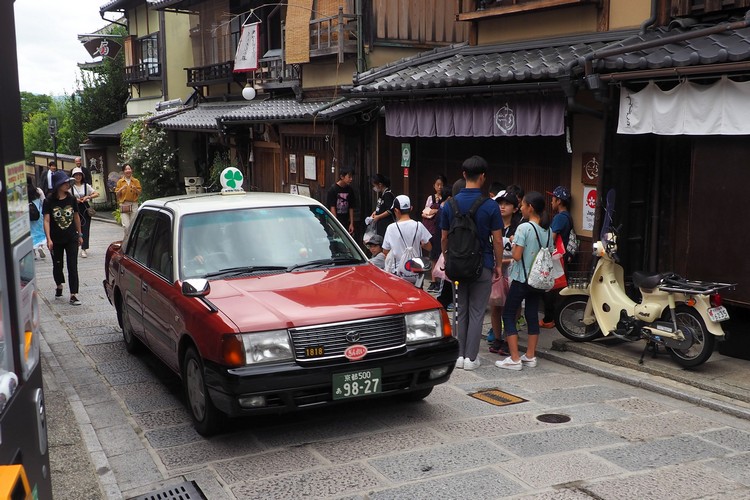
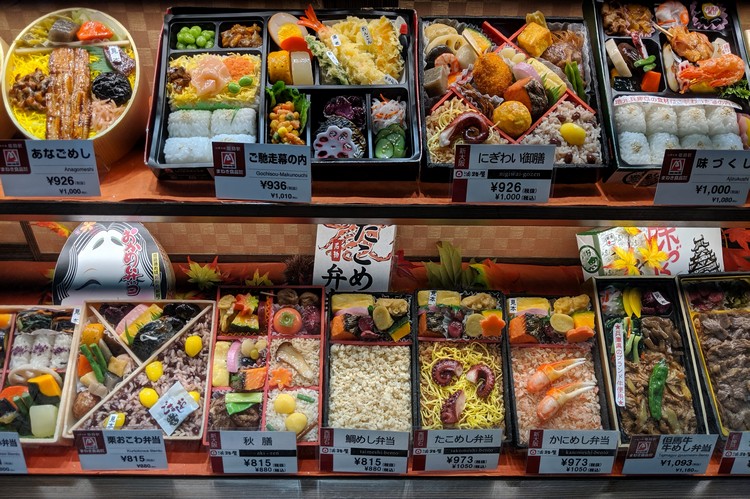
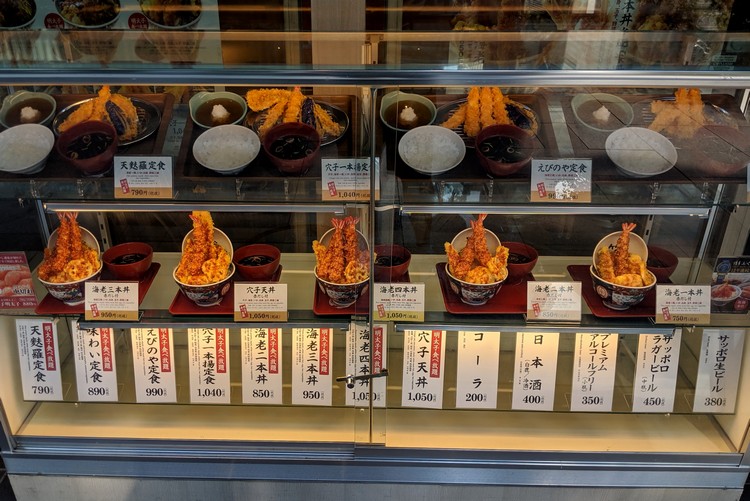
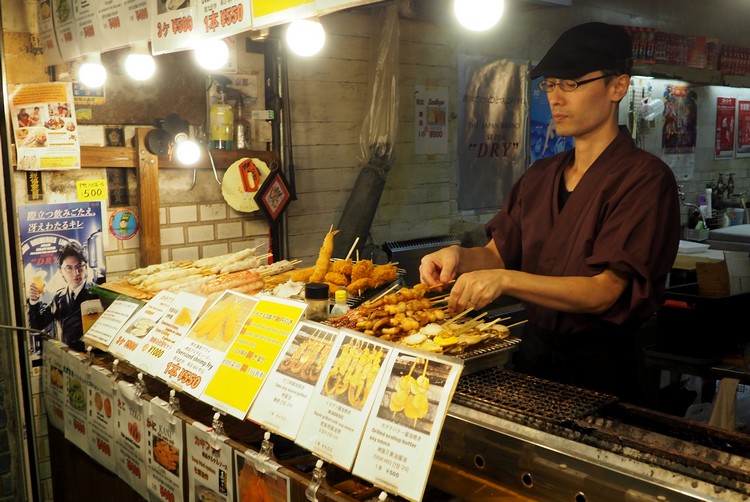
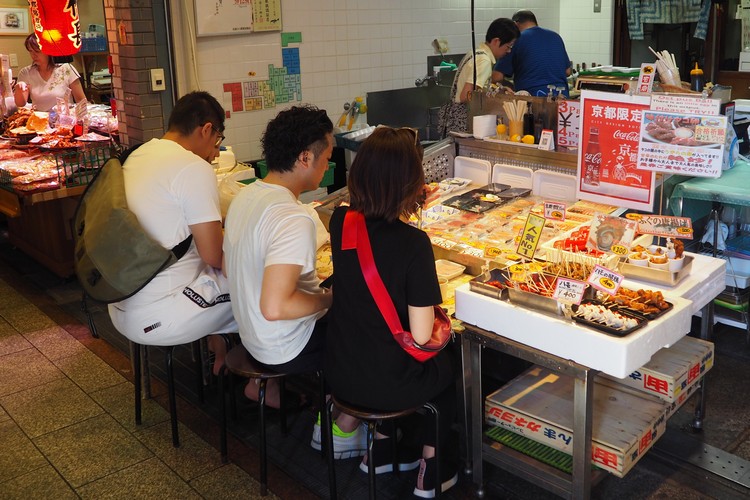
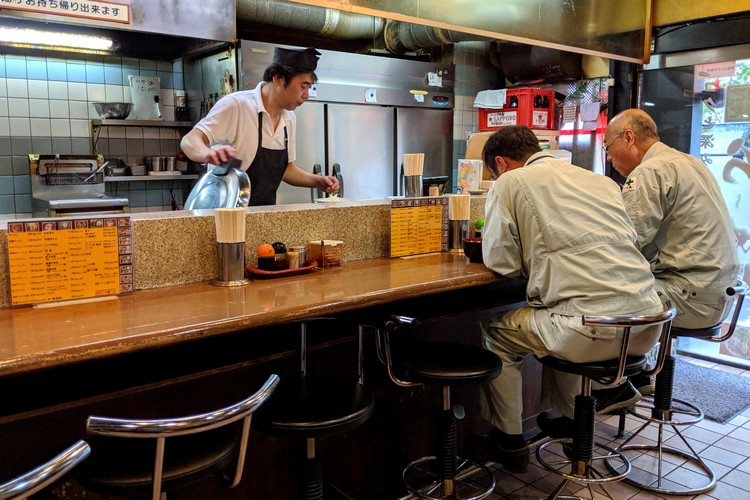
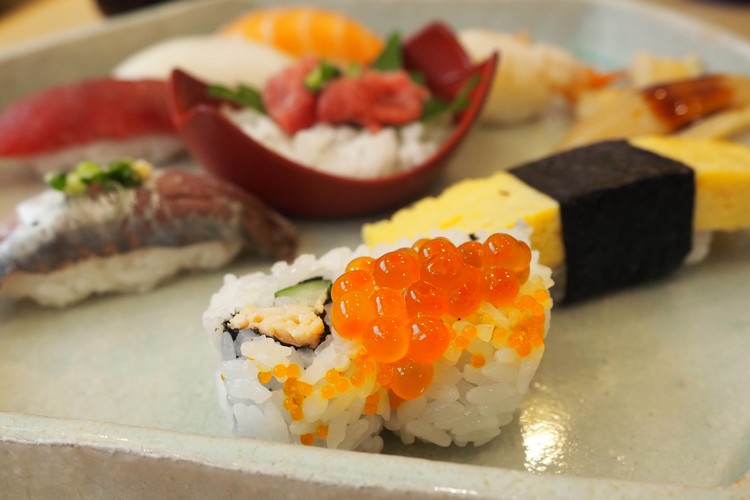
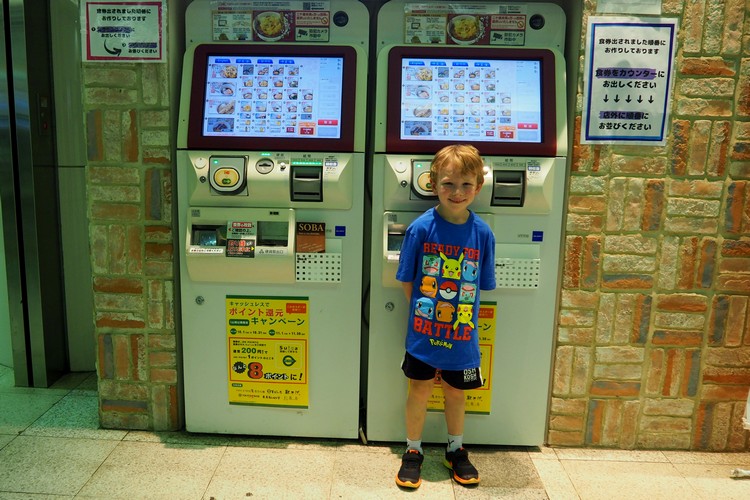
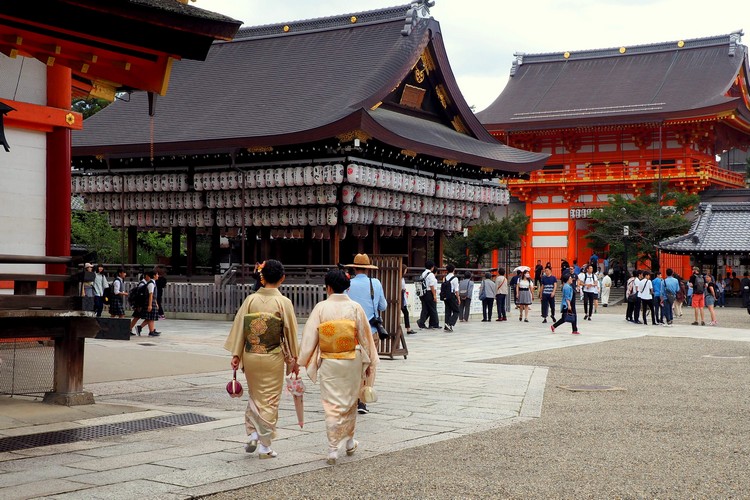
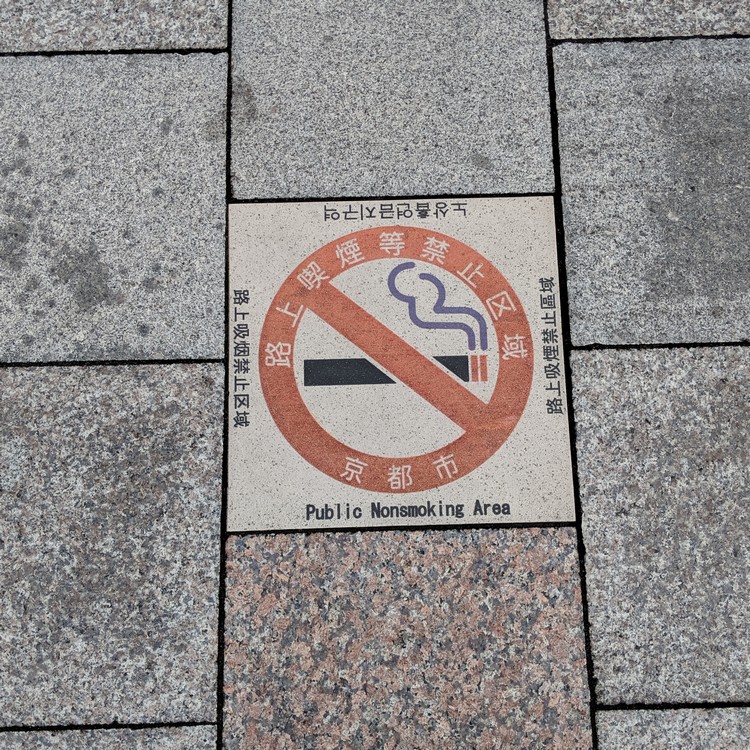
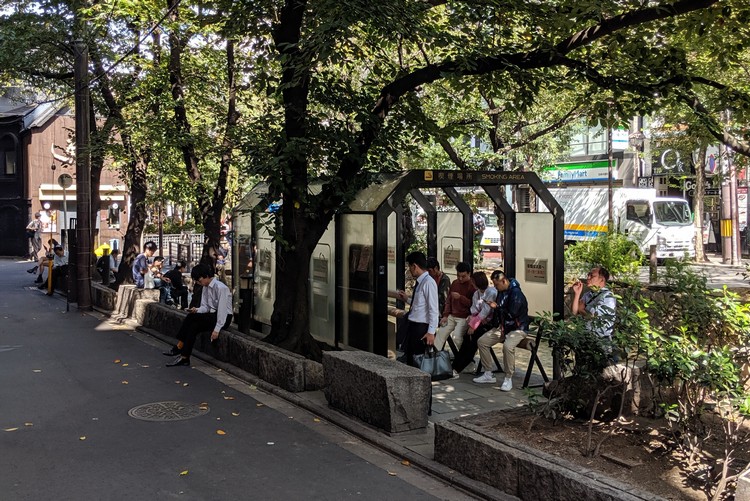

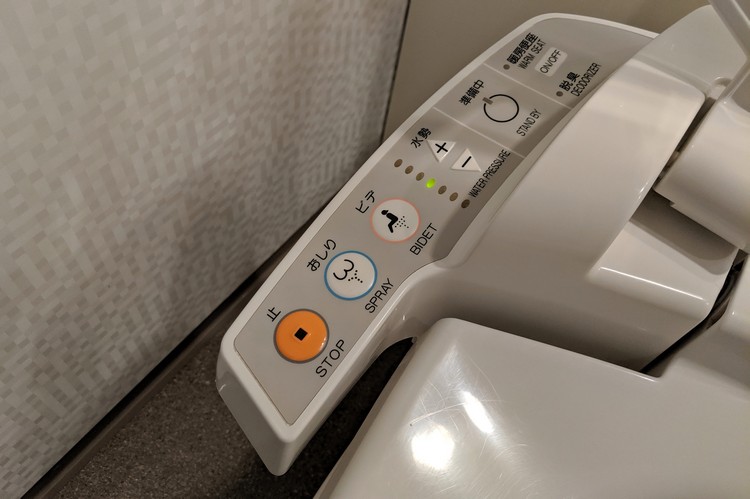
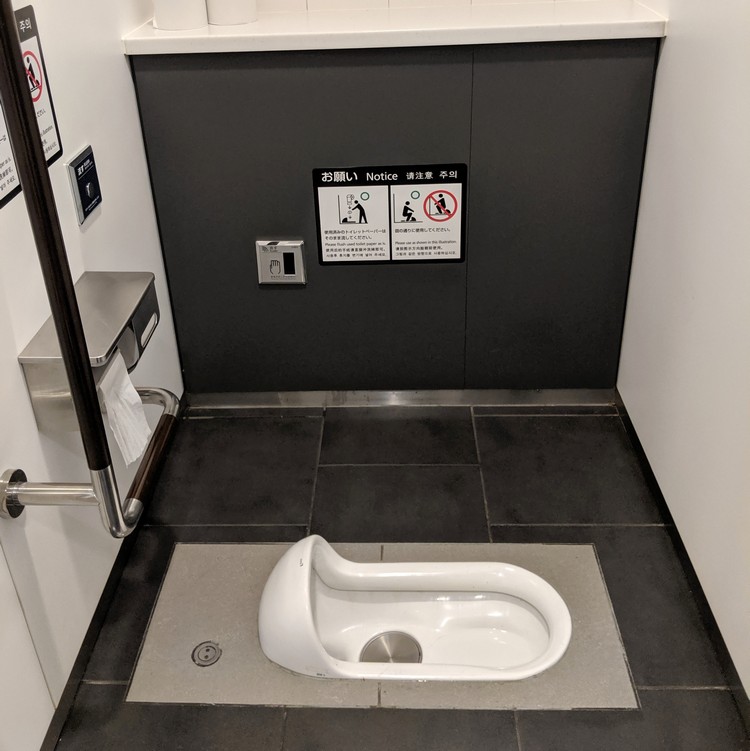
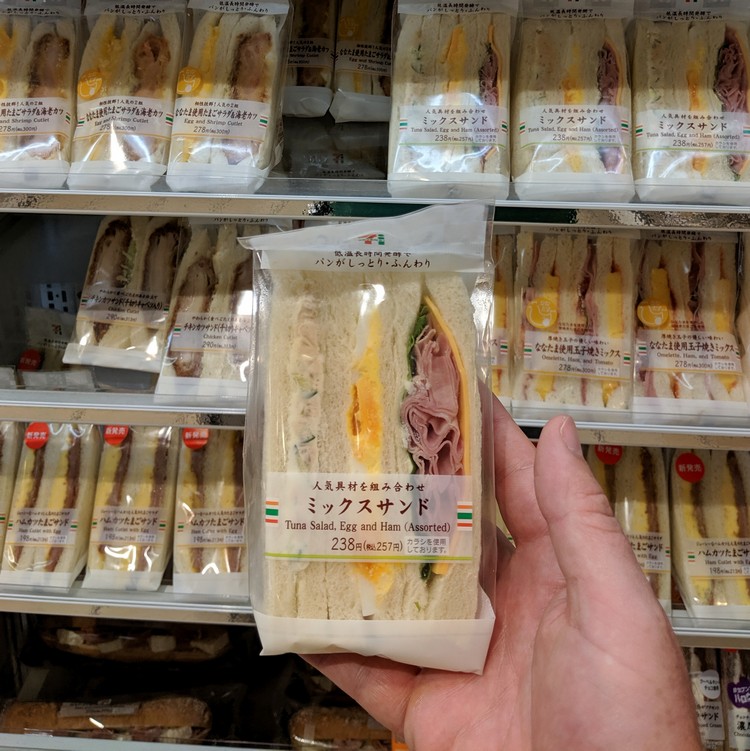
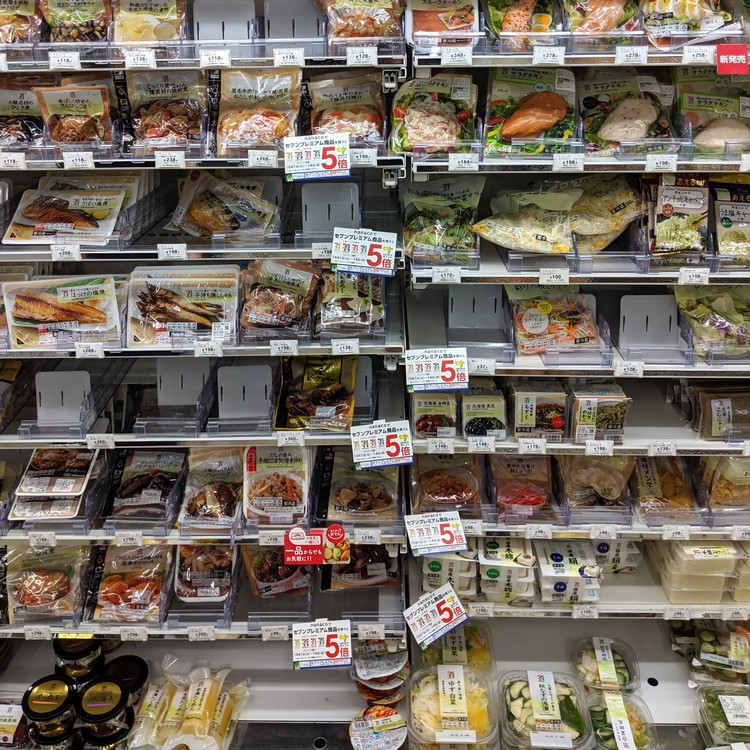
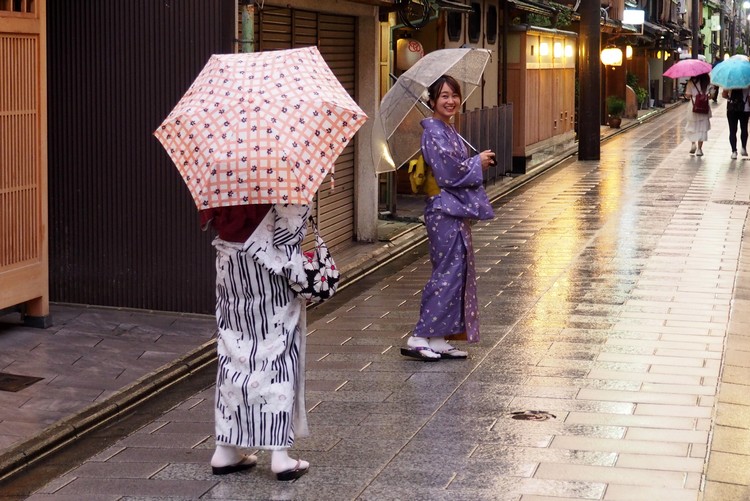
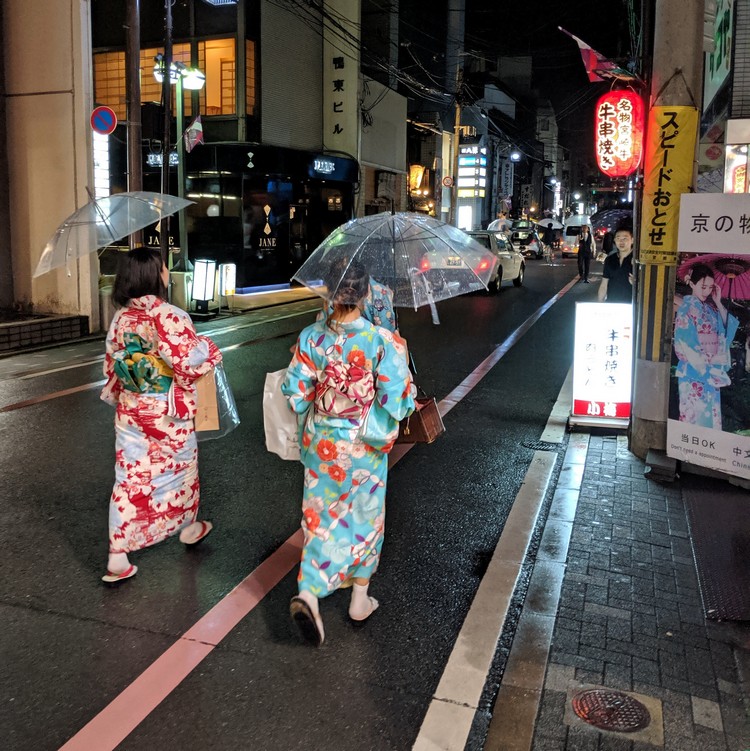
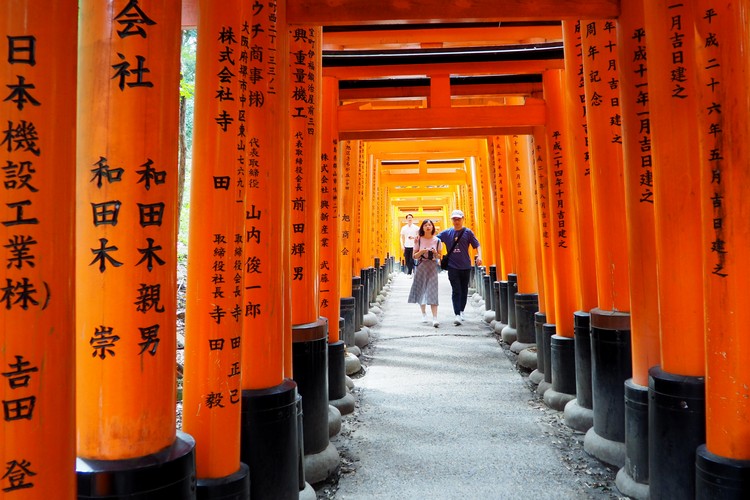
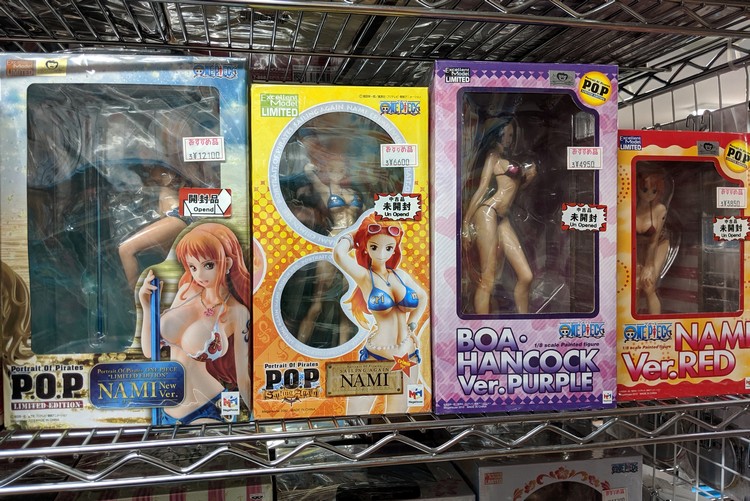
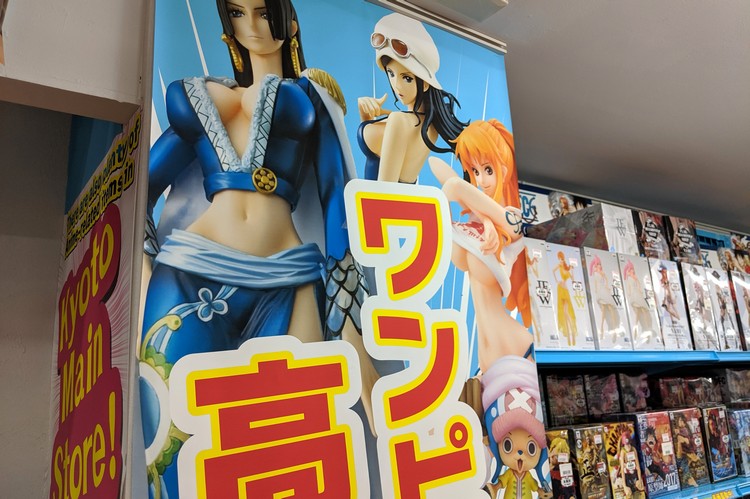
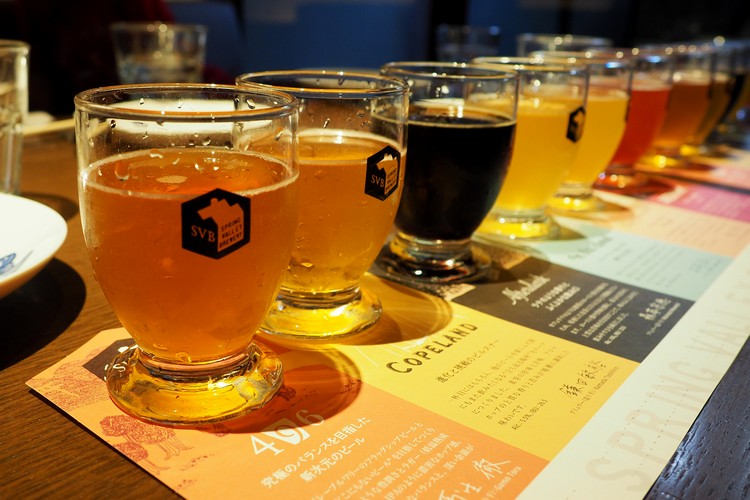

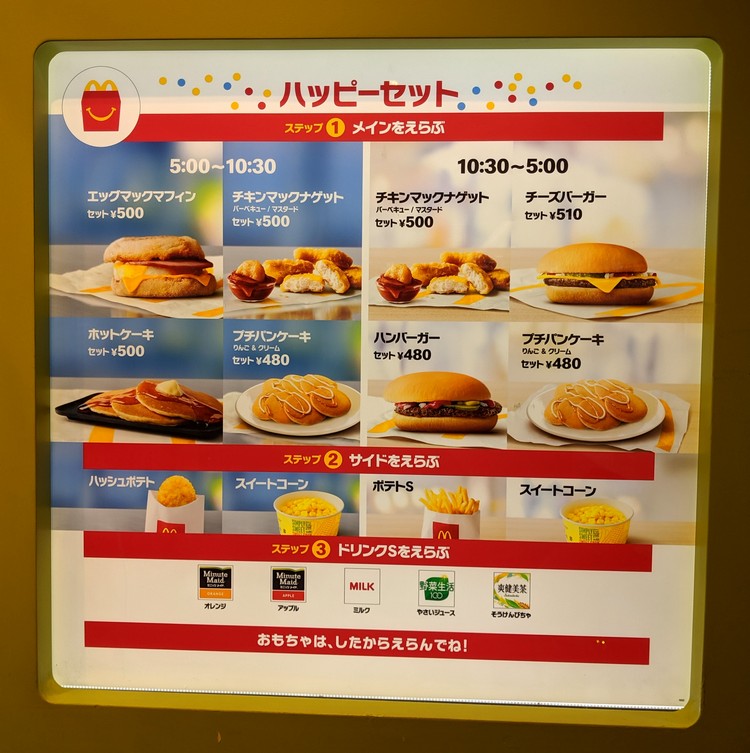

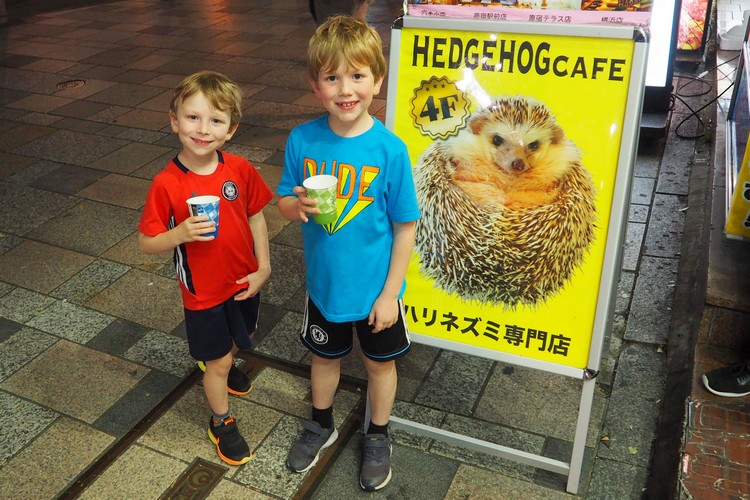
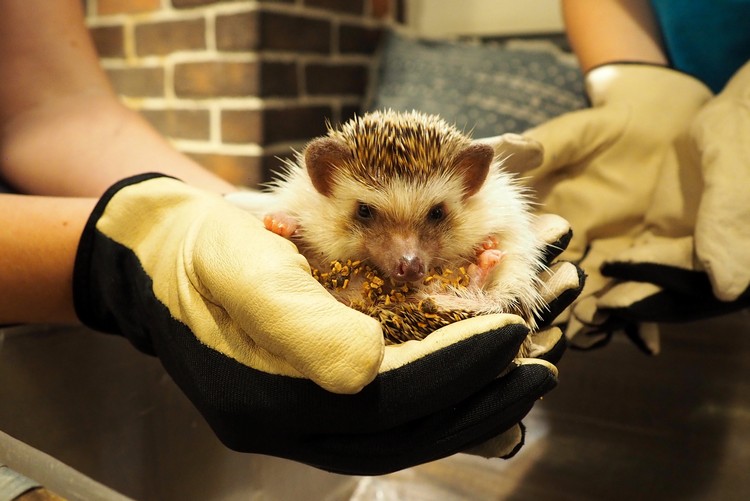
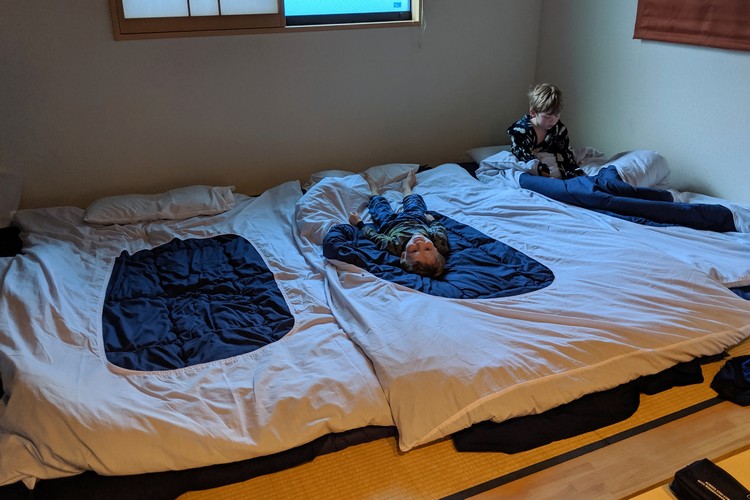
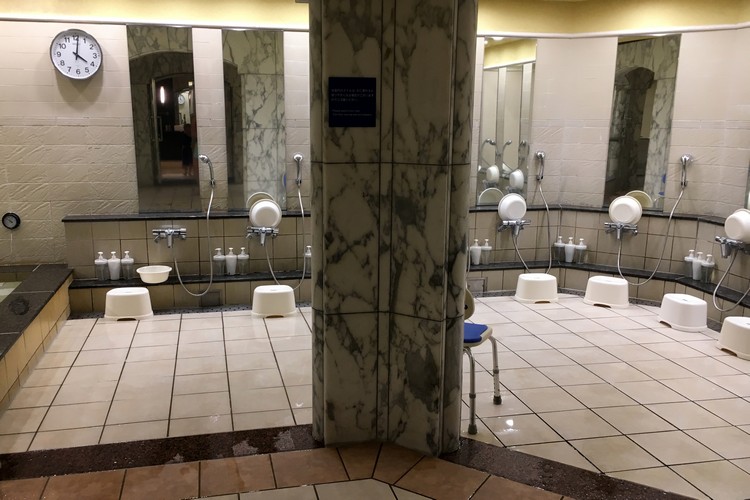
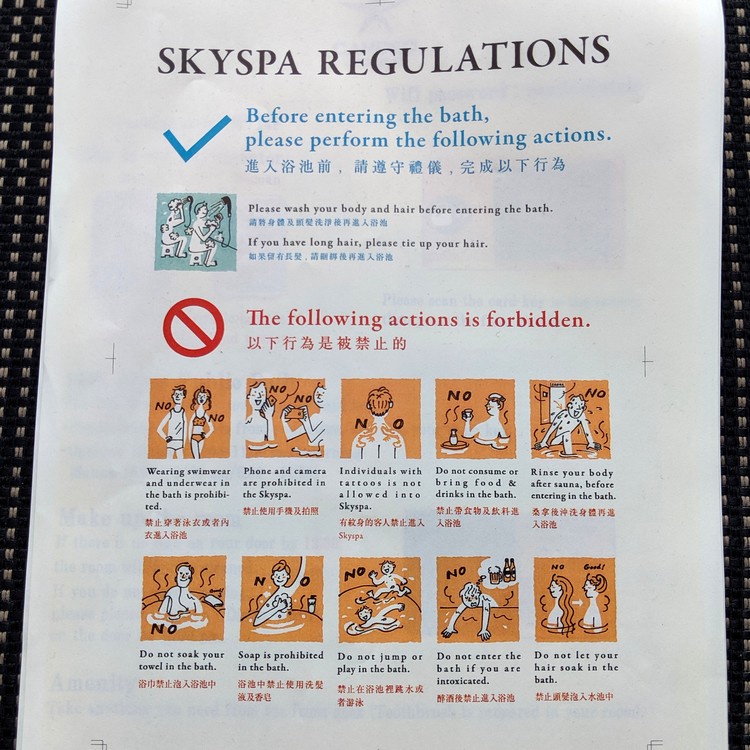
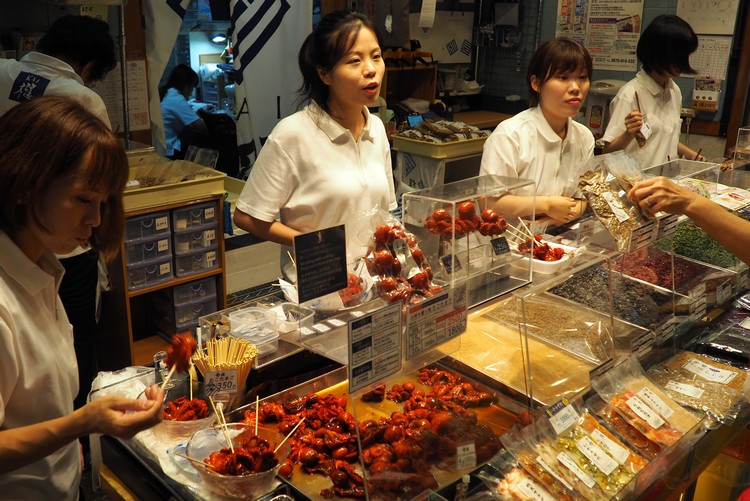
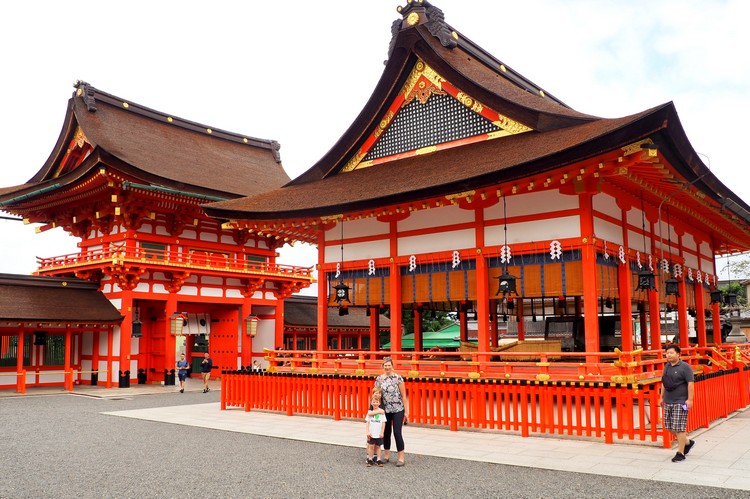
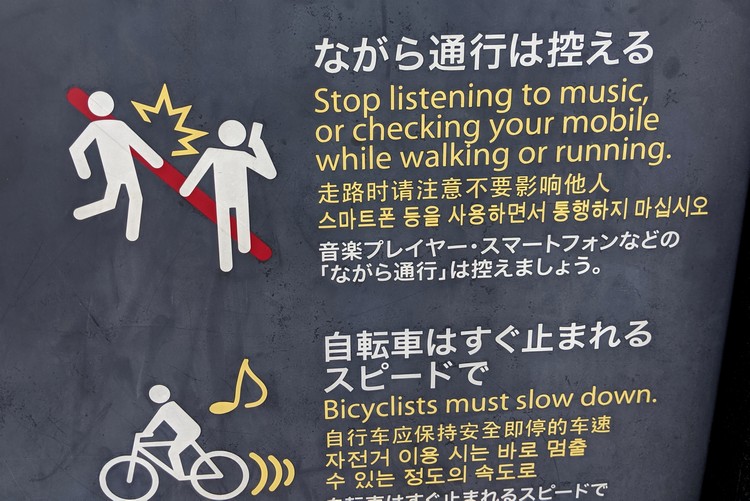
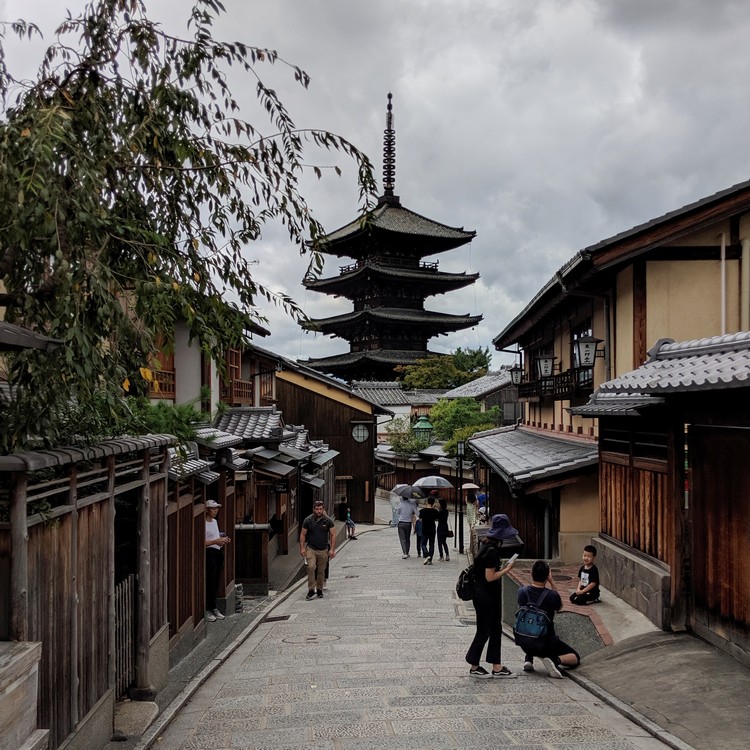
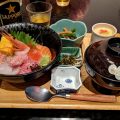
Great to read your info on ‘current’ aspects of visiting Japan. I had many business visits there in the 1970s and always tried to spent an extra day or weekend there to enjoy the interesting country and their cleanliness and civility. I even went to a wedding there after lunch at a country ryokan. One final comment – their English translations on posters etc seems to have improved in the last 40-50 years!
Hi Cam and Nicole
I am a Canadian living in Ontario.
I am going to Japan for the first time in August.. and then will travel through various countries all the way to PNG and in to Australia.
I have been to 47 countries so far in 5 continents.
I hope I will able to travel to Japan and all other countries without
Compromising my home comfort as in Canada.
I am not a foodie guy. So I like to stick with what I know.
Never like the street foods. And I don’t tip even in Canada or US.
But hope I could find hotel like in Canada, propèr bed and washroom.
I am retired single traveler, like my comfort at night and love to explore the nature mountains river volcanos
I hope I will find the comfort in Japan and in other Southasian countries.
BAny comments will be appreciated.
Thanks
Thanks for your reply, Tony. I hope you enjoy your trip to Japan! It’s one of our favourite travel destinations
Love your travel tips and the pictures are amazing!
thanks for your tips do you have any info on gluten free foods in japan